-

Winding the clock back to 1997
© Alfa RomeoCast your mind back to 1997, with Katrina and the Waves winning the Eurovision Song Contest, and Sir Tony Blair sweeping to power with New Labour. ‘Mondeo Man’ was said to have been the key voter in that general election, but far more interesting options existed in the global car market.
We have taken a look at 11 cars that were launched in 1997 that will turn 25 this year. Some choices may be obvious, but we’ve also included some rarer models from across the world.
-

1997 Alfa Romeo 156
© Alfa RomeoRevealed at the 1997 Frankfurt Motor Show, the Alfa Romeo 156 wowed attendees with its beautiful styling and driver-focussed interior. Designed by Walter de Silva, the 156 used hidden rear door handles to offer a coupe-like profile.
Other distinctive features included the large front grille, requiring an off-centre number plate fitment. The interior has a dashboard angled towards the driver, with two large dials inspired by classic Alfa Romeos.
-
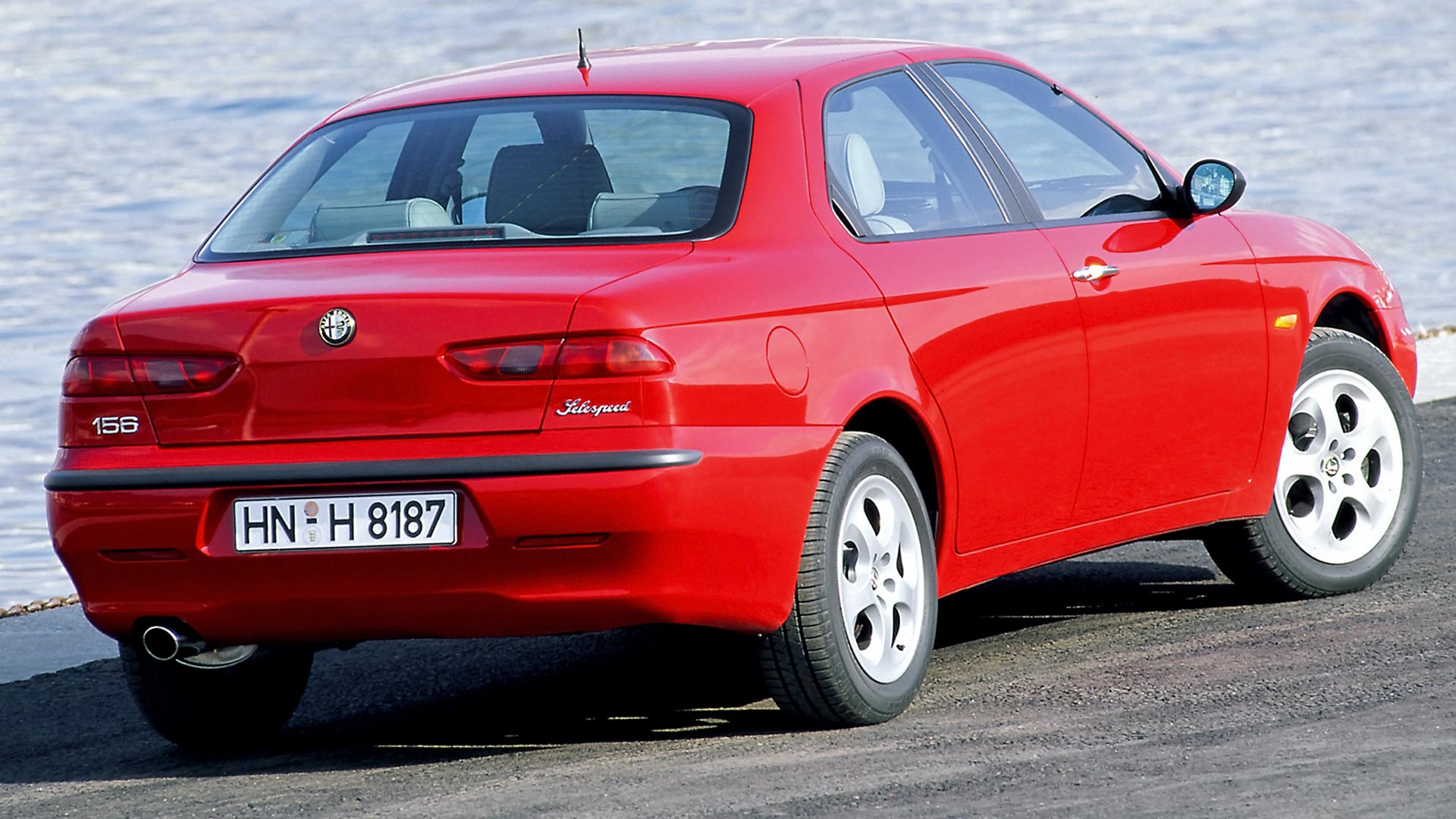
1997 Alfa Romeo 156
© Alfa RomeoContemporary road tests praised the handling of the front-wheel-drive 156, proclaiming it a serious rival to the ubiquitous BMW 3 Series. For maximum emotion, buyers could opt for a 2.5-litre V6 engine producing 187 hp.
Popular across Europe when new, more than 650,000 examples were sold between 1997 and 2005. It stands out as the car that helped bring Alfa into the modern era.
-

1997 Ford Puma
© FordFord’s marketing for the 1997 Puma included a rendition of the movie Bullitt, including Steve McQueen appearing to drive the diminutive coupe. Despite this Stateside turn, the Puma was never sold outside of Europe, with the United Kingdom being one of its most successful markets.
Based upon the contemporary Ford Fiesta, the Puma was developed by a team that even included Sir Jackie Stewart. The three-time Formula 1 World Champion helped refine the Puma’s handling, producing an affordable compact sports car.
-

1997 Ford Puma
© FordWith humble underpinnings, the engine choices for the Puma were relatively restrained. The most powerful 1.7-litre four-cylinder option made just 123hp, with 0-62 mph taking around nine seconds. However, the Puma was always more about engaging handling than top speed.
Although cheap to buy, finding a Puma that has not succumbed to rust will be a bigger challenge now.
-

1997 Citroen Xsara VTS
© CitroenAnother car to feature a star-studded marketing campaign, the Citroen Xsara was launched by the French manufacturer in late 1997. Although the core Xsara range is unlikely to get enthusiasts excited, the VTS version of the three-door Coupe still gets pulses racing.
Supermodel Claudia Schiffer was used in TV adverts for the Xsara VTS, ensuring it gained plenty of attention when launched in the UK.
-

1997 Citroen Xsara VTS
© CitroenA relative of the Peugeot 306 GTI-6, the Xsara VTS featured a 2.0-litre four-cylinder engine producing a healthy 164hp. Sadly, the Peugeot’s six-speed manual transmission was left behind.
It means the Xsara VTS lives, somewhat unfairly, in the shadow of Peugeot’s own hot hatch. Although, should you be able to track one down, it can offer much the same thrills without the premium price tag applied to the 306 GTI-6.
-
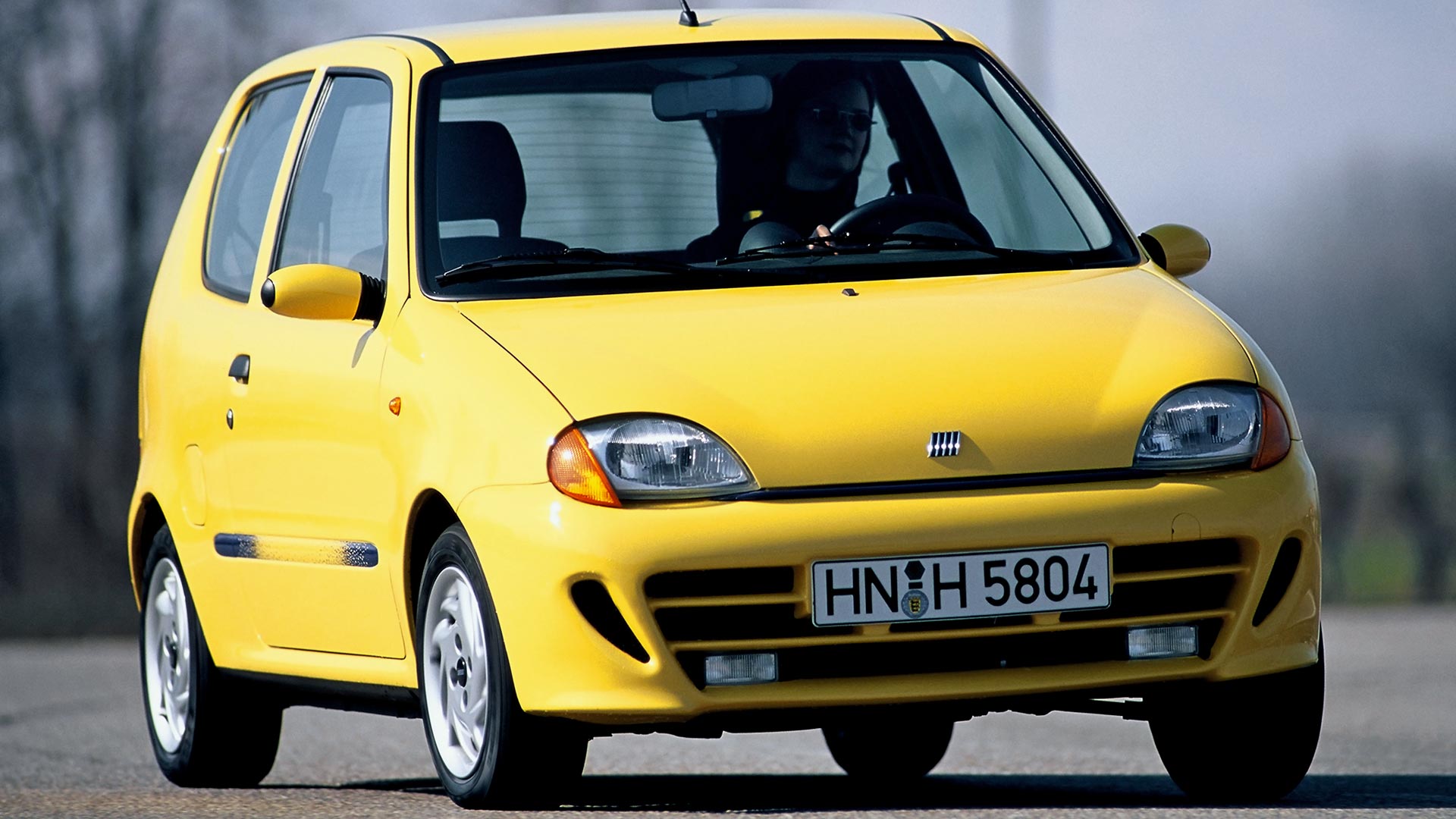
1997 Fiat Seicento
© FiatThe successor to the Fiat Cinquecento, the Seicento continued the theme of tiny dimensions and miniscule engines. Standard cars use a 39hp 0.9-litre four-cylinder, while the Sporting gained a 1.1-litre unit with 54 hp.
Naturally, this was perfect for tackling narrow Italian city streets. Or, in the UK, a car for learner drivers to cut their teeth in.
-

1997 Fiat Seicento
© FiatThe Sporting version of the Seicento gained lowered suspension, 13-inch alloy wheels and front fog lights. It also benefited from a rev counter, appearing in the middle of the intensely plastic dashboard.
Such low power meant the Seicento Sporting would never be a hot hatch, but at least it gave a slight boost in street cred. Fiat even saw fit to celebrate Michael Schumacher’s Ferrari F1 successes with a special edition Seicento.
-

1997 Holden Commodore
© HoldenIf you ever looked at a Vauxhall Omega and thought ‘I wish it had a V8’, meet the Holden VT Commodore. Created by GM’s Australian outpost for domestic consumption, the Commodore was sold between 1978 and 2020 as a rival to the Ford Falcon.
Launched in 1997, the third-generation VT Commodore featured a widened version of the platform found beneath the Vauxhall. However, unlike the Omega, Holden was happy to fit a host of V8 engines.
-

1997 Holden Commodore
© HoldenAlthough a 3.8-litre V6 was the standard Commodore offering, a 5.0-litre V8 with 240hp added much more appeal. Holden’s own HSV performance division would create ever hotter versions, such as the GTS with 296hp.
Limited numbers of these super saloons would later be imported to the UK, acting as rivals to the BMW M5.
Showing its global appeal, Buick had once considered using the Commodore as the basis for an American-market saloon. It even went so far as to create the 1995 XP2000 concept, but later changed its plans.
-

1997 Honda Civic Type R
© HondaThe Honda Civic Type R is now a global offering, but the original ‘EK9’ model was reserved solely for Japan. Following the format established by the earlier NSX Type R supercar, the Civic had a high-revving engine and lightweight body.
Taking centre stage in the Civic Type R is the famed B16B 1.6-litre four-cylinder engine. Fitted with Honda’s VTEC system, it could rev to an incredible 8,400rpm. Peak power of 182hp is achieved at 8,200rpm, with 118lb ft of torque.
-

1997 Honda Civic Type R
© HondaOther highlights included a five-speed manual transmission, helical limited-slip differential and a partly seam-welded chassis for extra rigidity. Red Recaro sports seats, a titanium gear knob and a leather Momo steering wheel were found inside.
Although there may have been four more generations of the Civic Type R since, the high-revving original is hard to beat for collectability.
-
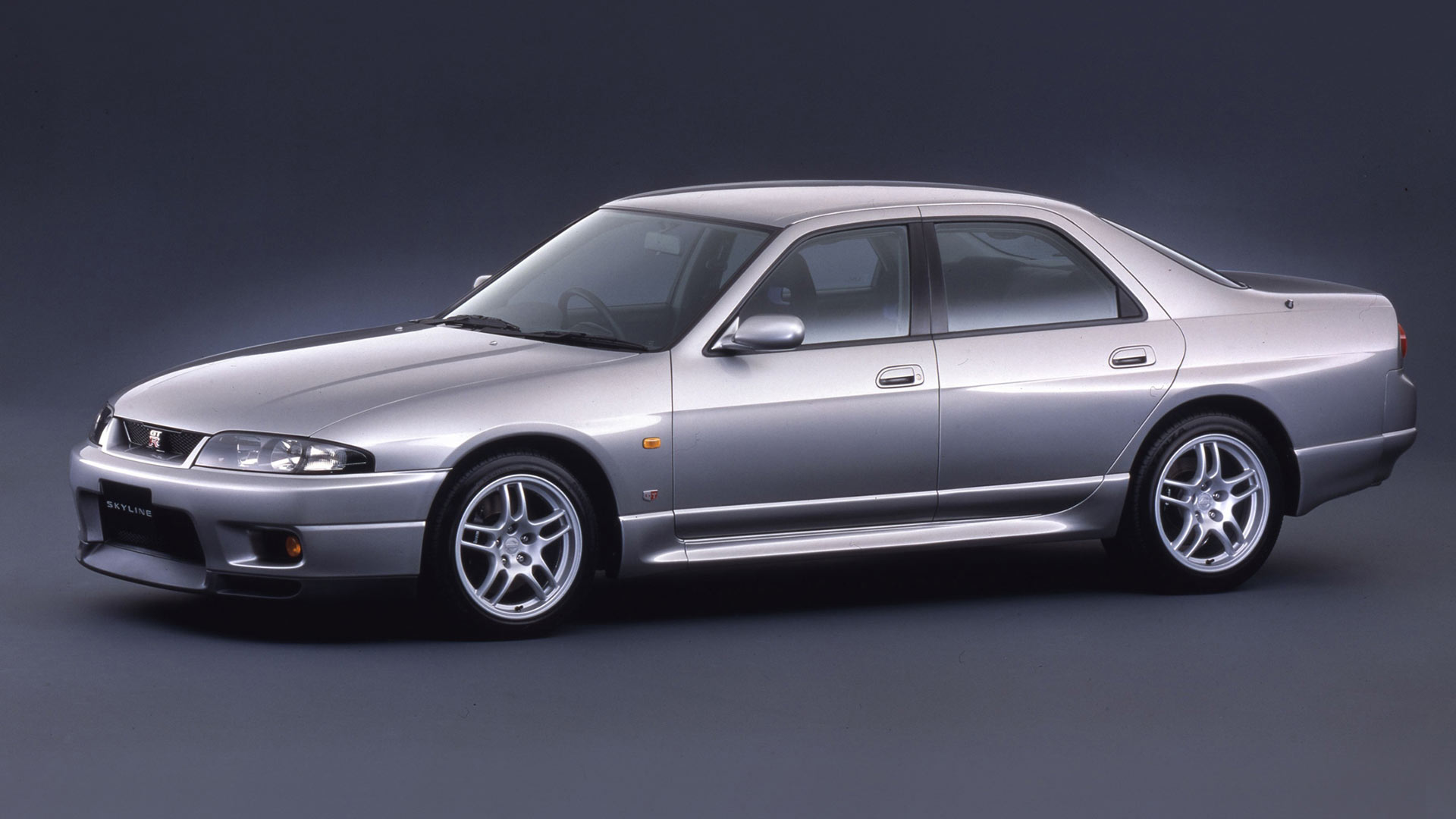
1997 Nissan Skyline GT R Autech 40th Anniversary
© NissanIntroduced in 1995, the fourth-generation R33 Nissan Skyline GT-R already qualifies as a legend for the Gran Turismo generation. Moving forward to 1997 unlocks a special-edition version, made to celebrate 40 years of Skyline GT-R production.
Revealed at the 1997 Tokyo Motor Show, tuning firm Autech was responsible for producing the first four-door saloon GT-R in almost 30 years.
-
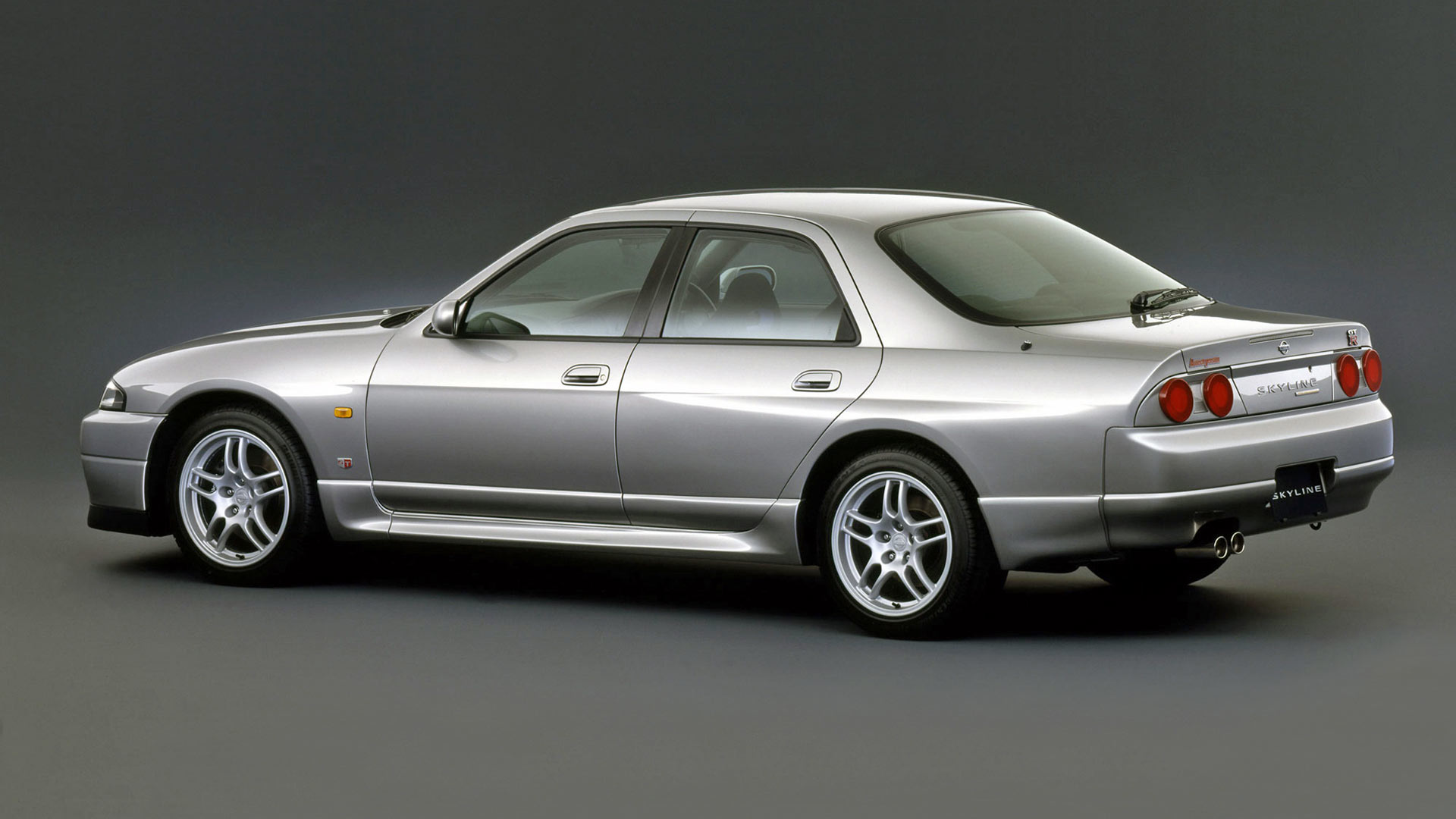
1997 Nissan Skyline GT R Autech 40th Anniversary
© NissanBespoke bodywork was added to the regular four-door Skyline body, creating the widened rear arches. Underneath, the same powertrain from the GT-R was used, meaning 276 hp from a twin-turbocharged inline-six engine. The trademark ATESSA all-wheel drive system was also installed.
Autech made just 416 examples of the 40th Anniversary saloon, making these a true rarity for Skyline collectors.
-
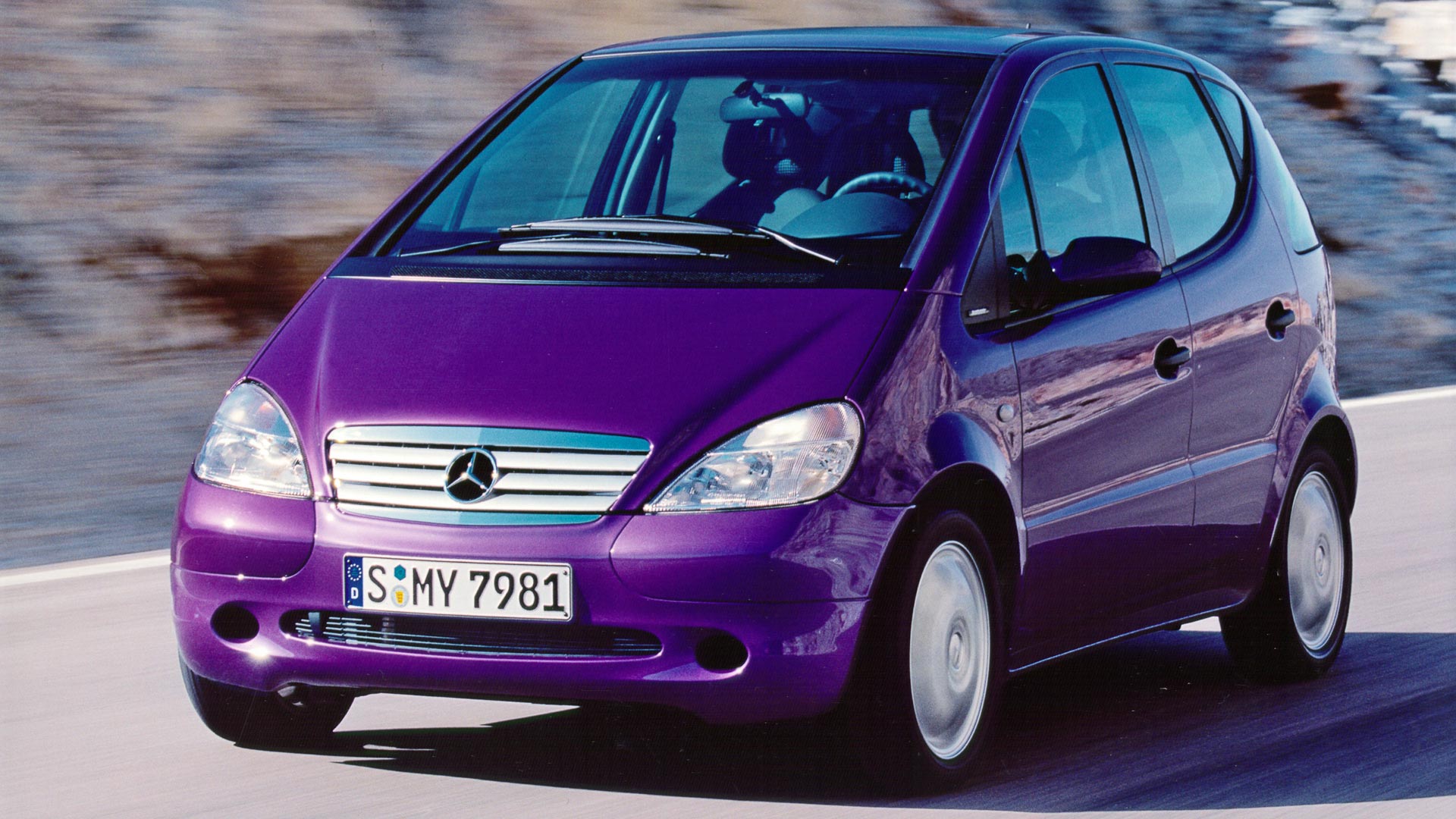
1997 Mercedes-Benz A-Class
© Mercedes-BenzMarking a radical step for Mercedes-Benz, and the family hatchback market as a whole, the A-Class was launched at the 1997 Frankfurt Motor Show. With exterior dimensions no bigger than a compact supermini, the A-Class boasted interior space comparable with a C-Class saloon.
Making this possible was a clever ‘sandwich’ floor design, placing mechanical parts beneath the passenger compartment. Using front-wheel drive was also a new approach for Mercedes-Benz.
-

1997 Mercedes-Benz A-Class
© Mercedes-BenzWhen first launched, the A-Class generated controversy by suffering an infamous roll-over accident in testing by a Swedish car magazine. Mercedes-Benz made changes to prevent production cars from suffering the same ‘Elk Test’ fate, adding numerous safety features.
More than 1.1 million examples were sold in seven years, proving those initial safety fears did little to dampen demand.
-
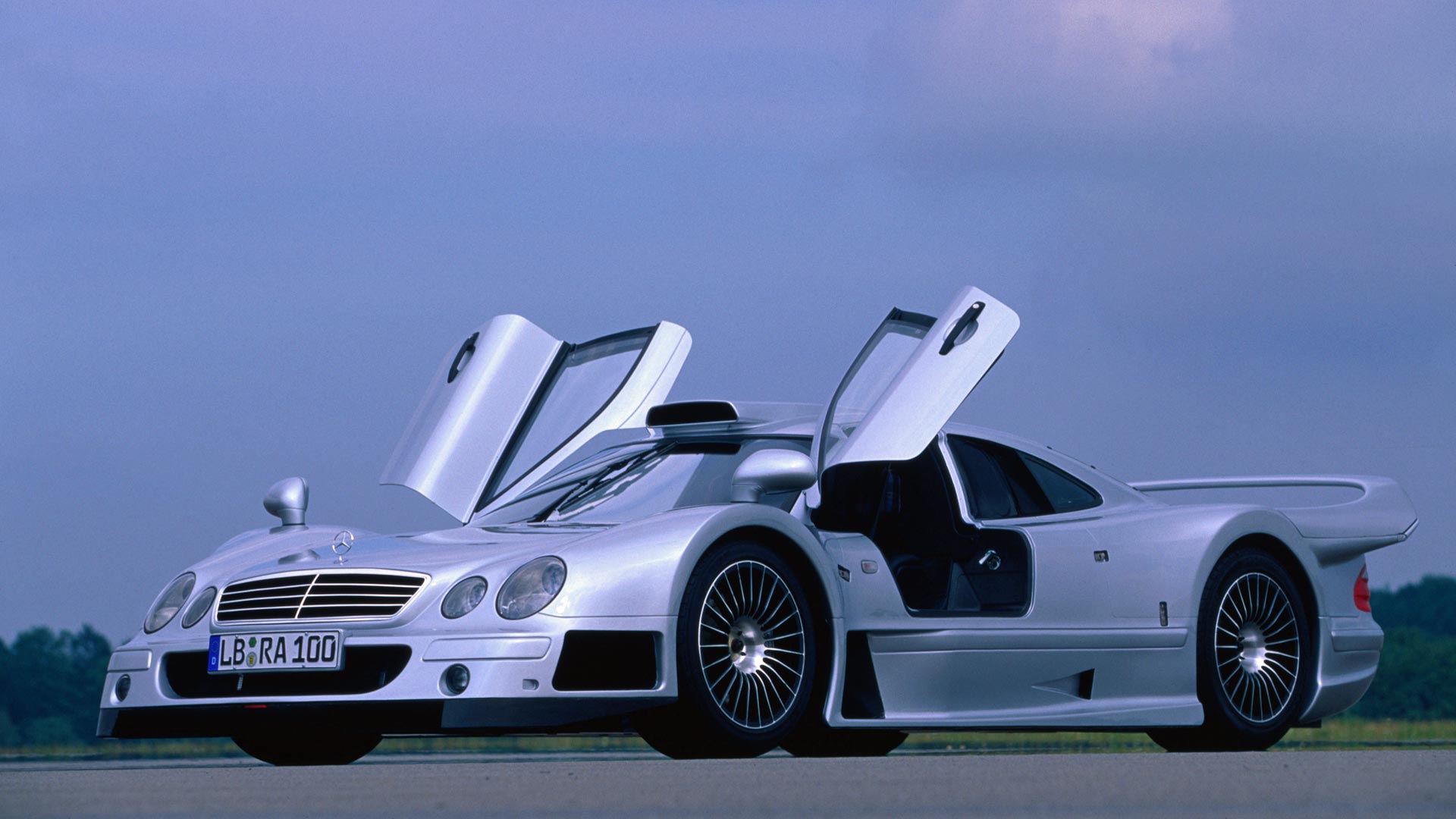
1997 Mercedes-Benz CLK GTR
© Mercedes-BenzWe have bent the rules slightly to include the fearsome Mercedes-Benz CLK GTR, just like the German company did to homologate its sports car racers. Designed to compete in the FIA GT Championship, rules required that 25 road-going examples of the race car be made.
However, the FIA tweaked the regulations to allow just one example to be produced initially, allowing extra time for the other 24 cars. Mercedes thus built just one solitary street-legal CLK GTR for 1997, retaining it for posterity.
-

1997 Mercedes-Benz CLK GTR
© Mercedes-BenzThe subsequent 24 other cars were made between 1998 and 1999, featuring a mid-mounted 6.9-litre V8 engine. Offering more than 600hp, the CLK GTR was just as powerful as the car used to dominate the 1997 FIA GT Championship.
Mercedes would go on to allow even more powerful Super Sport variants of the CLK GTR road car to be built, along with Roadster versions. However, the original sole 1997 car remains as a reminder of how successful the car was on track.
-

1997 Porsche 911 GT1 Strassenversion
© PorscheTaking the fight to the Mercedes-Benz CLK GTR on the race track was the Porsche 911 GT1. Porsche had produced its initial homologation car in 1996, clearing the way for a full run of 20 ‘Strassenversion’ (street version) cars in 1997.
For the run of Strassenversion models, Porsche fitted parts to add a passing resemblance to the 996-generation 911 sports car. In reality, the GT1 was far removed from the regular Porsche, with a tube frame chassis and a mid-mounted engine.
-

1997 Porsche 911 GT1 Strassenversion
© PorschePowered by a twin-turbocharged 3.2-litre flat-six, it had to be detuned to meet emissions regulations. An output of 536hp and 443lb ft of torque still allowed for a top speed of 191mph, though.
Most of the 20 Strassenversion cars were painted in Arctic White or Fern Silver, but three examples were made in bespoke finishes. Given how scarce 911 GT1s are, it might be best to keep an open mind about colours, should you want one.
-
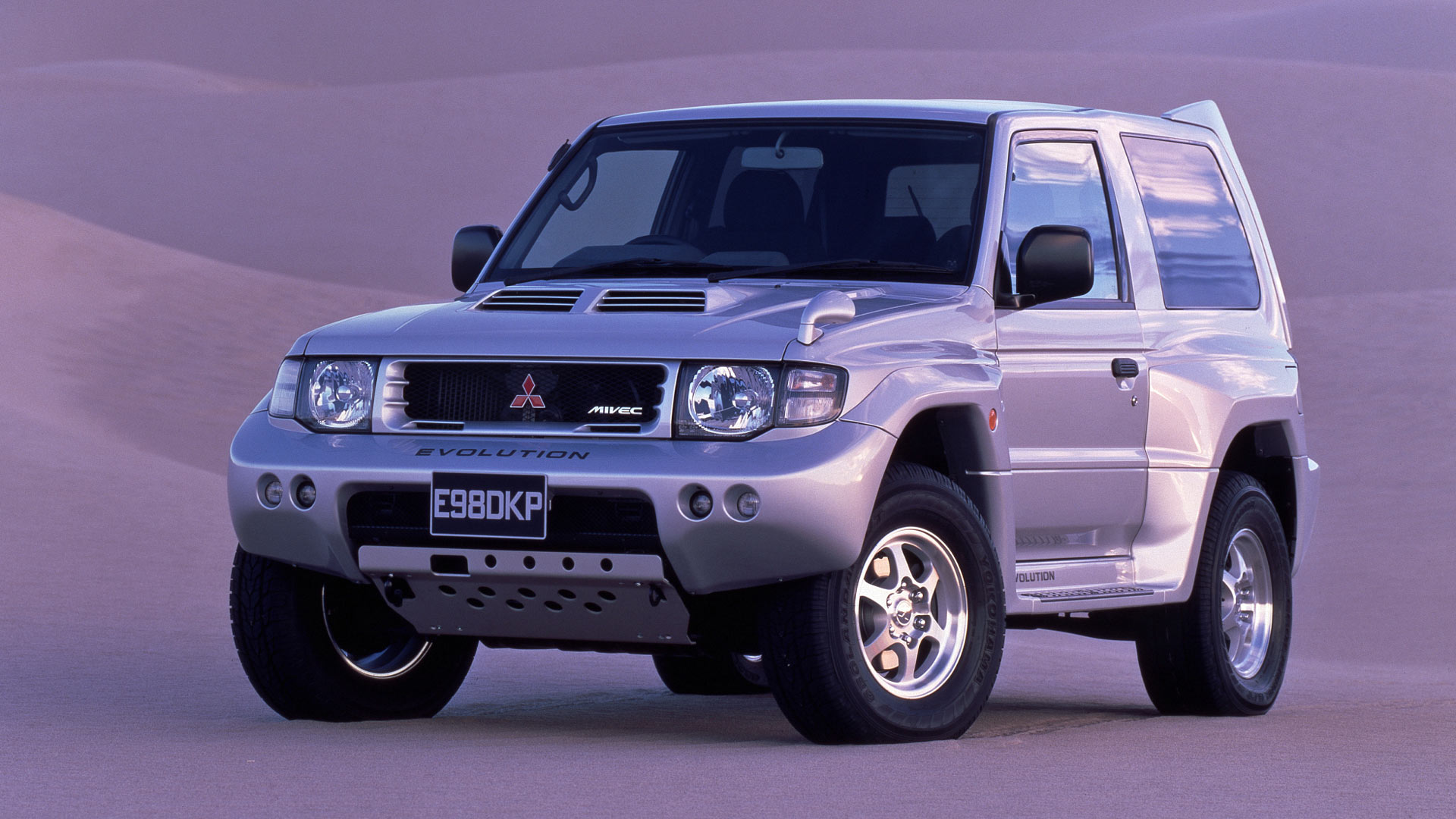
1997 Mitsubishi Pajero Evolution
© MitsubishiA homologation special that may be easier to track down, Mitsubishi sold 2,500 examples of the Pajero Evolution SUV. The Evolution was designed to allow the company to compete in the T2 production-vehicle category of the off-road Dakar Rally.
It proved a good decision, with Pajero Evolutions claiming the top four places overall in the 1998 race.
-

1997 Mitsubishi Pajero Evolution
© MitsubishiMitsubishi spared no expense when building the Pajero Evolution. Beneath its bespoke bodywork, including an epic rear spoiler, is a naturally aspirated 3.5-litre litre V6 engine. Producing 275hp, it is combined with a five-speed automatic transmission and selectable all-wheel drive.
A stiffened bodyshell, dual-wishbone front suspension and Recaro bucket seats were also part of the package. It made for an effective performance SUV, years before the current trend for them.
25 years on: 11 star cars of 1997
From the Porsche 911 GT1 to the Fiat Seicento, we look at an eclectic mix of cars that hit a quarter of a century in 2022.
Home 25 years on: 11 star cars of 1997
News
Ultra-rare MG XPower SV-R supercar is up for sale
One of only 42 examples built, this V8-engined MG XPower SV-R is a true piece of British motoring history – and you could own it.
Race and rally Ford icons head to auction this month
The Iconic Auctioneers NEC Classic sale features an array of legendary Ford performance cars, including a Sierra RS500 and a road-spec RS200.
Classic Jaguar bought by Madonna heads to auction
Pop icon Madonna has been photographed at the wheel of this Jaguar Mark X, which she purchased for her son, Rocco, to use in London.
Features
11 modern classics you can’t afford not to buy
We've picked out the highlights from this weekend's Classic Car Auctions sale
Lancia Thema 8.32: the sensible saloon with a Ferrari engine
With a 3.0-litre Ferrari V8 under its bonnet, the Lancia Thema 8.32 might be the ultimate Q-car. Rowan Atkinson owned this one, too.
BMW 8 Series: the story of the soft-focus supercar
The BMW 8 Series is 30 years old in 2020. We look back at three decades of this glamorous super-GT
Reviews
1988 Land Rover 90 review: Retro Road Test
This Land Rover 90 is an exceptionally rare special edition. But the qualities that make it great are the same for any classic Defender.
MR archive: Audi RS4 B7 review
We rewind the clock by 11 years for a drive in the new-at-the-time B7 Audi RS4
Rover Mini Cooper Sport review: Retro Road Test
We get a nostalgic reminder of the back-to-basics brilliance of the classic Mini, driven here in 1998 Rover Cooper Sport guise.
